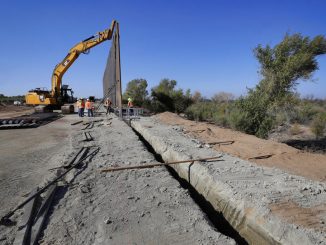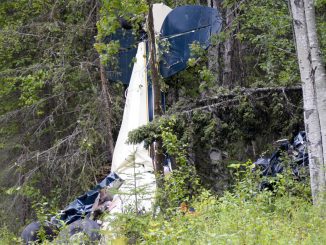ANCHORAGE, Alaska — U.S. Army Corps of Engineers has approved a $618 million plan to expand the Port of Nome.
Congressional approval is now the final hurdle for a long-sought plan for a deep-water port in Western Alaska, The Alaska Journal of Commerce reported earlier this week.
The Port of Nome Modification Feasibility Study is the latest in a series of proposals over the past decade to upgrade maritime facilities along Alaska’s western coast.
The plan calls for doubling the length of the port’s existing west causeway to reach about 2,100 feet farther into Norton Sound with a nearly 1,400-foot breakwater to protect the harbor entrance from incoming waves.
The L-shaped barrier would also hold three new docks to handle larger vessels, Corps officials said.
The port’s existing facilities are overcrowded and restrict vessel traffic because of water depth limitations, Army Corps Alaska District Acting Commander Col. David Hibner said in a statement.
“We’ve developed a feasible engineering solution that provides safe, reliable and efficient navigation improvement to support a critical region of the state,” Hibner said.
Earlier development concepts for Nome’s port or a new deep-water facility elsewhere on the Seward Peninsula were based on expectations the oil and gas industry would open large-scale operations in the Beaufort and Chukchi seas.
The Corps released a $210 million plan in 2015 to expand the protected water area in front of Nome and dredge for larger vessels.
Royal Dutch Shell PLC later that year announced its $7 billion Chukchi oil exploration effort was not successful and the company would cancel its offshore Arctic drilling program. The corresponding plan for Nome’s port to improve handling of oil and gas industry support vessels was cancelled as a result.
Congress in 2016 broadened the scope of potential benefits the Corps is allowed to evaluate for marine infrastructure projects in Alaska, allowing consideration of regional viability rather than reviewing only direct and immediate cost-benefit projects.


